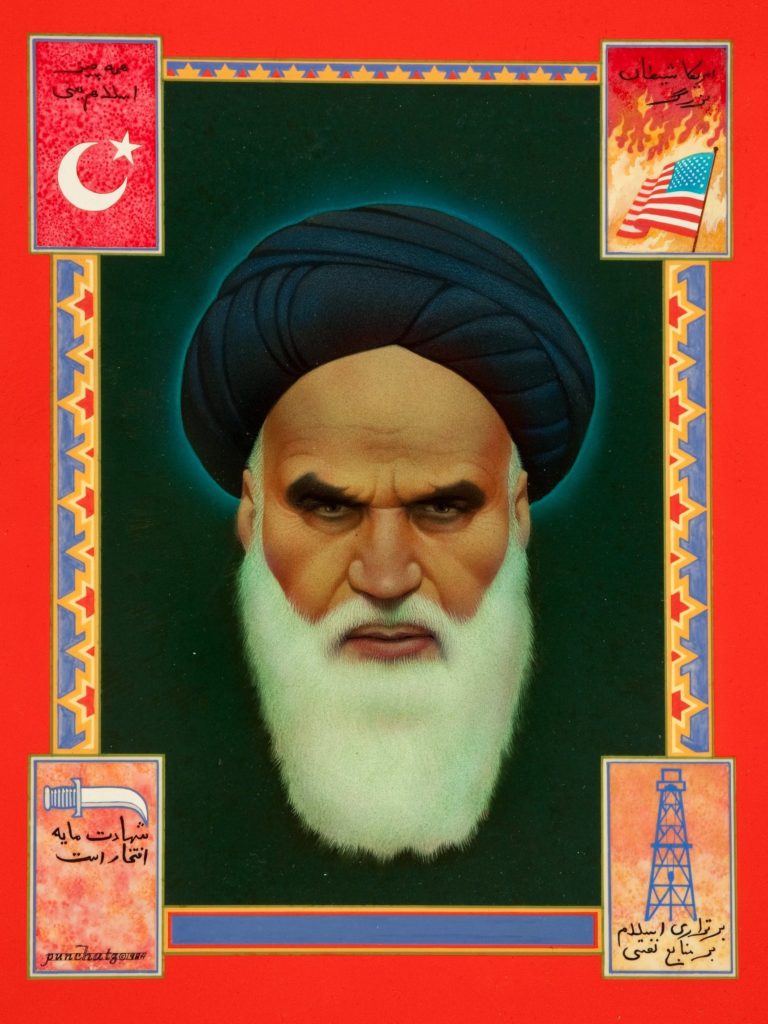
By Jim O’Neal
No act of terror could have exceeded the profound tension of the 1970s after the unpredictable drama that enveloped a Middle East nation in 1979. For Americans, it closed out the decade with a new and ferocious attack on our pride and sense of well-being.
It arrived from a most unlikely source: a bearded, humorless, 79-year-old Muslim cleric – in exile the previous 15 years from his native Iran, the last of them in Neauphle-le-Château (outside of Paris), preaching Sharia law and campaigning for the ouster of the Shah.
Remarkably, in early 1979, the Ayatollah Ruhollah Khomeini achieved his life’s goal: toppling the Shah’s Pahlavi dynasty and replacing him as de facto head of a modern theocracy. As he did, the enthusiasm of his insurrection fanned the flames of anti-Western fanaticism throughout the Muslim world. An Islamic Revolution was formally under way.
After centuries of being guided by conservative mullahs, Iran had been wrenched into the 20th century by what the Shah described as a “white revolution” (bloodless). He was the son of an army officer who had seized control of Iran in the 1920s. The Shah succeeded his father, was briefly deposed and then reinstalled by a CIA-led coup in 1953.
The Shah was active, stripping the clergy of their vast land holdings, declaring radical new rights for women, dramatically increasing urbanization and strengthening ties to the West. In addition to being a source of oil, Iran became a strategic impediment to the advancement of its neighbor, the Soviet Union. As western alliances flourished, so did Iran. Previously a desert state, it was transformed into a stunning country with shiny steel mills, nuclear power and an army well-stocked with American artillery.
Unfortunately, much of the populace did not want to abandon their rich heritage. They found inspiration in the sermons of Muslim leaders and viewed the western world as plagued with problems. The increasing tension forced the Shah to crack down hard and by 1979, he could not prevent popular resistance.
Early on Nov. 4, 1979, a mob of demonstrators breached the American Embassy in Tehran, took the staff as hostages and began their 444-day declaration of vengeance against the Great Satan. They defied the United Nations, the United States, and a failed 1980 rescue mission that left aircraft wreckage, the bodies of eight U.S. servicemen, and Jimmy Carter’s reelection effort in the desert sands.
Thirty-seven years later, the struggle of East-West continues and only the leaders have changed. However, the West is now viewed as occupiers instead of hostages and multiple conflicts in various countries offer little hope for peace. Civil wars usually last about 10 years. This may turn out to be a generational conflict, involving competing civilizations, perhaps all armed with nuclear capabilities.
To date, no one has offered a coherent strategy for an endgame as we continue to argue and debate who or what to blame.
 Intelligent Collector blogger JIM O’NEAL is an avid collector and history buff. He is President and CEO of Frito-Lay International [retired] and earlier served as Chairman and CEO of PepsiCo Restaurants International [KFC Pizza Hut and Taco Bell].
Intelligent Collector blogger JIM O’NEAL is an avid collector and history buff. He is President and CEO of Frito-Lay International [retired] and earlier served as Chairman and CEO of PepsiCo Restaurants International [KFC Pizza Hut and Taco Bell].
